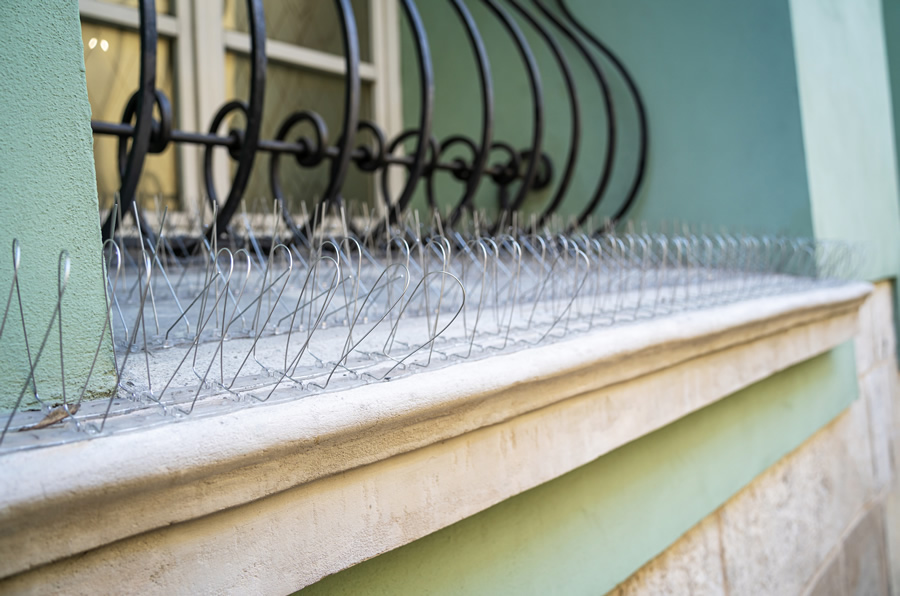Pigeons, with their distinctive cooing and waddling gait, may seem charming at first. However, when they decide to make your property their home, the charm quickly fades. These birds are not just a nuisance; they can also pose health risks and damage your property. In this comprehensive guide, we will explore effective pigeon deterrents to help you reclaim your space and keep those pesky birds at bay.

Understanding the Pigeon Problem
Before we delve into pigeon deterrent solutions, it’s essential to understand why pigeons become a problem and the potential consequences of their presence.
The Pigeon Predicament
Pigeons are prolific breeders, and a pair of pigeons can produce numerous offspring in a year. Their rapid population growth means that a small pigeon problem can quickly escalate into a major infestation.
Health Hazards
Pigeons are not just a visual nuisance; they can carry diseases that are transmissible to humans. Histoplasmosis, Cryptococcosis, and Psittacosis are some of the diseases associated with pigeon droppings.
Property Damage
Pigeon droppings are not only unsightly but can also cause significant Pigeon deterrents damage to buildings, vehicles, and outdoor structures. The acidity of their droppings can corrode surfaces over time.
Now that we’ve established the reasons to address a pigeon problem, let’s explore some effective pigeon deterrent methods.
Pigeon Deterrent Methods
1. Scare Tactics
Visual Deterrents
Visual deterrents can include reflective tape, scarecrows, or even plastic owls. These items create the illusion of predators, making pigeons uneasy about settling in the area.
Noise Deterrents
Noise can be an effective deterrent. Consider investing in ultrasonic devices or wind chimes that emit sounds pigeons find disturbing.
2. Physical Barriers
Bird Spikes
Bird spikes are a humane way to prevent pigeons from roosting on ledges, windowsills, and rooftop edges. These spikes don’t harm the birds but make landing uncomfortable.
Netting
Netting can be used to cover large areas, such as courtyards or balconies, making it impossible for pigeons to access these spaces.
3. Repellents
Chemical Repellents
Chemical repellents, such as pigeon gel or sprays, create a surface that pigeons find uncomfortable. These can be applied to surfaces where pigeons tend to land.
Natural Repellents
Natural repellents like chili powder or vinegar can also be effective when sprinkled on surfaces. Pigeons dislike the smell and taste.
4. Habitat Modification
Remove Food Sources
Pigeons are attracted to areas with readily available food. Ensure that trash bins are tightly sealed, and bird feeders are out of reach.
Trim Trees and Bushes
Pigeons often roost in trees and bushes. Regularly trimming these plants can discourage them from settling.
Choosing the Right Deterrent
The effectiveness of pigeon deterrents can vary depending on the specific situation. Consider factors such as the size of the infestation, the location of your property, and your budget when choosing the right method.
Conclusion
Pigeon infestations can be a persistent and frustrating problem, but with the right pigeon deterrents, you can protect your property and maintain a pigeon-free environment. Whether you opt for scare tactics, physical barriers, repellents, or habitat modification, taking action is essential to prevent potential health risks and property damage associated with pigeons. Evaluate your situation, choose the most suitable deterrents, and say goodbye to unwanted feathered guests for good.